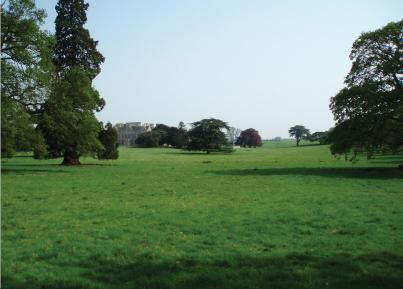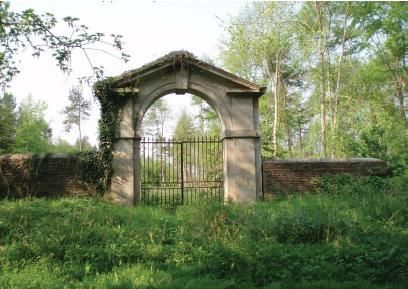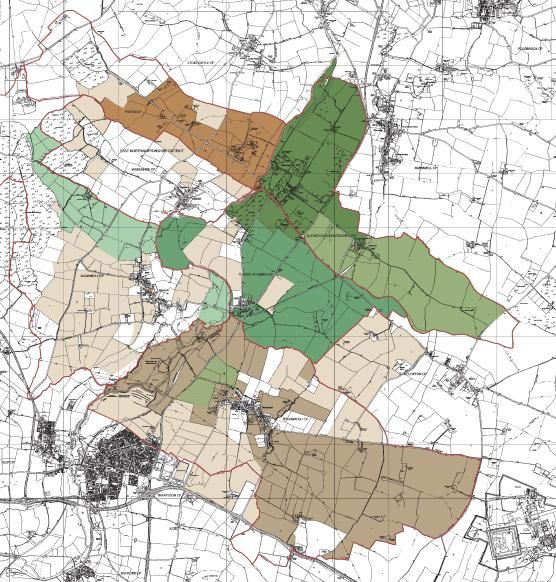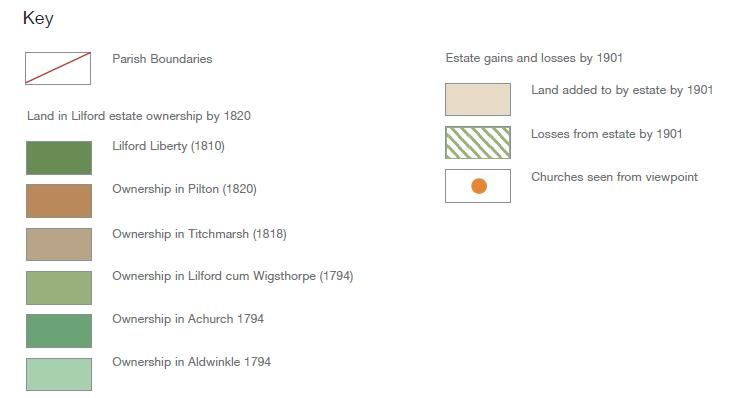History of Lilford Park
LilfordPark isparkland of 350 acres associated with Lilford Hall located north-west of the village of Lilford, part of the parish of Lilford-cum-Wigsthorpe and Thorpe Achurch. The land which was turned into the parkland was mentioned in the Domesday Book, and owned by King David I of Scotland at that time.
 The Manor of Lilford was acquired in 1473 by William Browne an extremely wealthy wool merchant and land landowner, and Lilford Hall was built in around 1495 for William Elmes who was the grandson and heir of Willam Browne. The Hall was then acquired in 1711 by Sir Thomas Powys who was Attorney General to King James II.
The Manor of Lilford was acquired in 1473 by William Browne an extremely wealthy wool merchant and land landowner, and Lilford Hall was built in around 1495 for William Elmes who was the grandson and heir of Willam Browne. The Hall was then acquired in 1711 by Sir Thomas Powys who was Attorney General to King James II.
Alterations to the Park were made in the 18th Century by the prominent architect Henry Flitcroft for his grandson Thomas Powys. Henry Flitcroft's alterations in the 1740s are of considerable significance. In particular, the relationship of the Hall to its setting is notable, particularly because of the integration of the house with the pleasure grounds and deer park. The Park was formalized between 1747 and 1776 by Henry Flitcroft by removing all of the existing village (12 houses and the vicarage) as well as St. Peter’s Church, which buildings were all located close south of the Hall. The remains of the church were then used to build a folly near the village of Achurch at the south end of the Park.
William Gilbee Habershon's work in the 1840s are of some significance, as hewas primarily concerned with the integration of the garden with the house.
The Park also still contains several aviaries built for Thomas Littleton Powys, 4th Baron Lilford, a prominent ornithologist. Lilford travelled widely, especially in the Mediterranean Region and his extensive collection of birds was maintained in the grounds of Lilford Hall. His aviaries featured birds from around the globe, including rheas, kiwis, Pink-headed Ducks and even a pair of free-flying Lammergeiers. He was responsible for the introduction of the Little Owl into England in the 1880s.
 Lilford Park was the subject of the 27th January 1900 issue of Country Life Illustrated.
Lilford Park was the subject of the 27th January 1900 issue of Country Life Illustrated.
The 7th Baron Lilford restocked the aviaries around 1970, containing more than 350 birds of 110 species, and opened the Park to the public.
LilfordPark also served asthe locationfor USAAF 303rd Station Hospital situated in the northern part of the park during World War II between 1943 and 1945. Click here for further details.
After the war, the former hospital buildings in the park were used for a Polish school called Lilford Technical School from 1949to 1954. Click here for further details.
Lilford Park wasa location for the BBC television series "By the Sword Divided" made in the 1980s.
In the autumn of 1990, Lilford Park was closed to the public, and now forms the grounds of Lilford Hall.
The Park has grown in size since 1473 when LilfordPark was first formed, peaking in 1810 at a size of around 500 acres. The area shown dark green at the top of map below (the Lilford Liberty) comprises Lilford Park. Land aroundLilford Parkwas also acquired to form the Lilford Estate, which peaked in 1901 at 8000 acres, extending from the town of Thrapston in the south to the village of Barnwell in the north. In the year 1947 the Lilford Estate was sold, leaving just 200 acres of theold Lilford Park left with Lilford Hall. A map showing the acquisitions for the Lilford Estate over nearly 400 years follows:


As of 2010, the Lilford Hall Estate covers only part of the Lilford Liberty, the balence of land having been sold prior to 1946. Finally, please Click here for more photographs of the Parkland.
ALSO:
Further information on the following events is being collated:
Round Table car show Rock concert European Car championship RSPB
